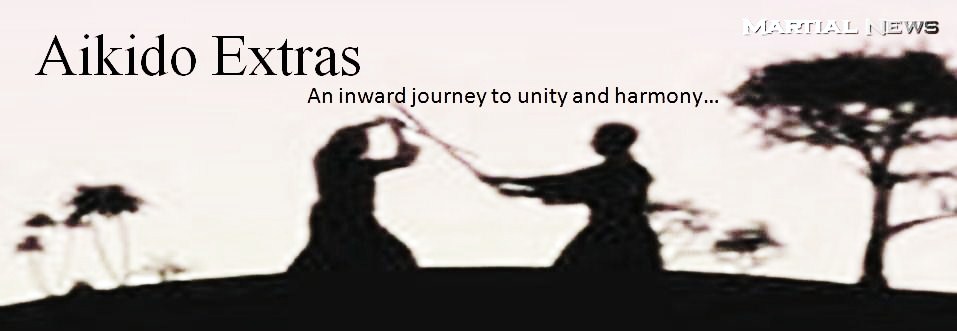Blending depends
on more than ‘timing’.
It is
commonly accepted that ‘timing’ is one of the keys to success. This is rather simplistic. Even ‘blending’
itself is open to interpretation. To
become ‘one’, what does that mean?
To keep it
simple I’ll loosely confine myself to the physical act of blending energies
with a partner as performed in activities such as martial arts (Aikido is a
good example to use). But can be applied
to many/all other activities eg: dancing, sports, fishing – (Your adversary being the fish – your
connection the rod and line. Using the
balanced flexibility of the rod and the strength and stretch of the line you
can ‘play’ the fish efficiently and with little effort. Sometimes landing a specimen many times the
weight your equipment was designed for).
If a
partner/assailant/competitor applies their energy against you – where do you
start?
Do you
respond?
When do you
respond?
How do you
respond? (it may be too soon/late)?
Do you
anticipate?
When do you
anticipate?
How do you
anticipate? (It may be too/soon late)?
Are you
aware?
How much
are you aware?
Do you see
‘all’ the potential dangers?
ZANSHIN =
more than awareness. (Japanese word).
Are you ‘Go
– no – sen’? (After - before), or
‘Sen – no – sen’? (Before -
before). (Japanese phrases).
Do you wait
and counter or try to anticipate and ‘get in first’?
Is there a
fine line between attack and defence? Or,
no line at all?
Rhythm.
A
must! Without rhythm appropriate to the
energies at work, then timing is, well, basically a ‘waste of time’. On a physical level an example could be:
As you may have seen in films, a
horse running loose – cowboy jumps on as it is passing – good timing.
Lands in the saddle when horse on up
stroke - bad rhythm – sore backside.
To blend
correctly with any situation is incredibly difficult and takes more than being
physically adept. To truly blend you
need mental, spiritual as well as physical elements. You need to empathise as well as harmonise.
Important: Never be drawn into the rhythm of the enemy!
Your
rhythm must be ‘outside’ of your opponents, out of phase if you will. This will affect his timing.
This
being so, does it mean that rhythm and timing are the same thing? Are they interchangeable or are they separate
things which depend and affect each other?
There’s
something to think about!
To find out more about Sensei Seth's club visit www.zanshinaikido.co.uk You can e-mail Peter at psethp@yahoo.co.uk
